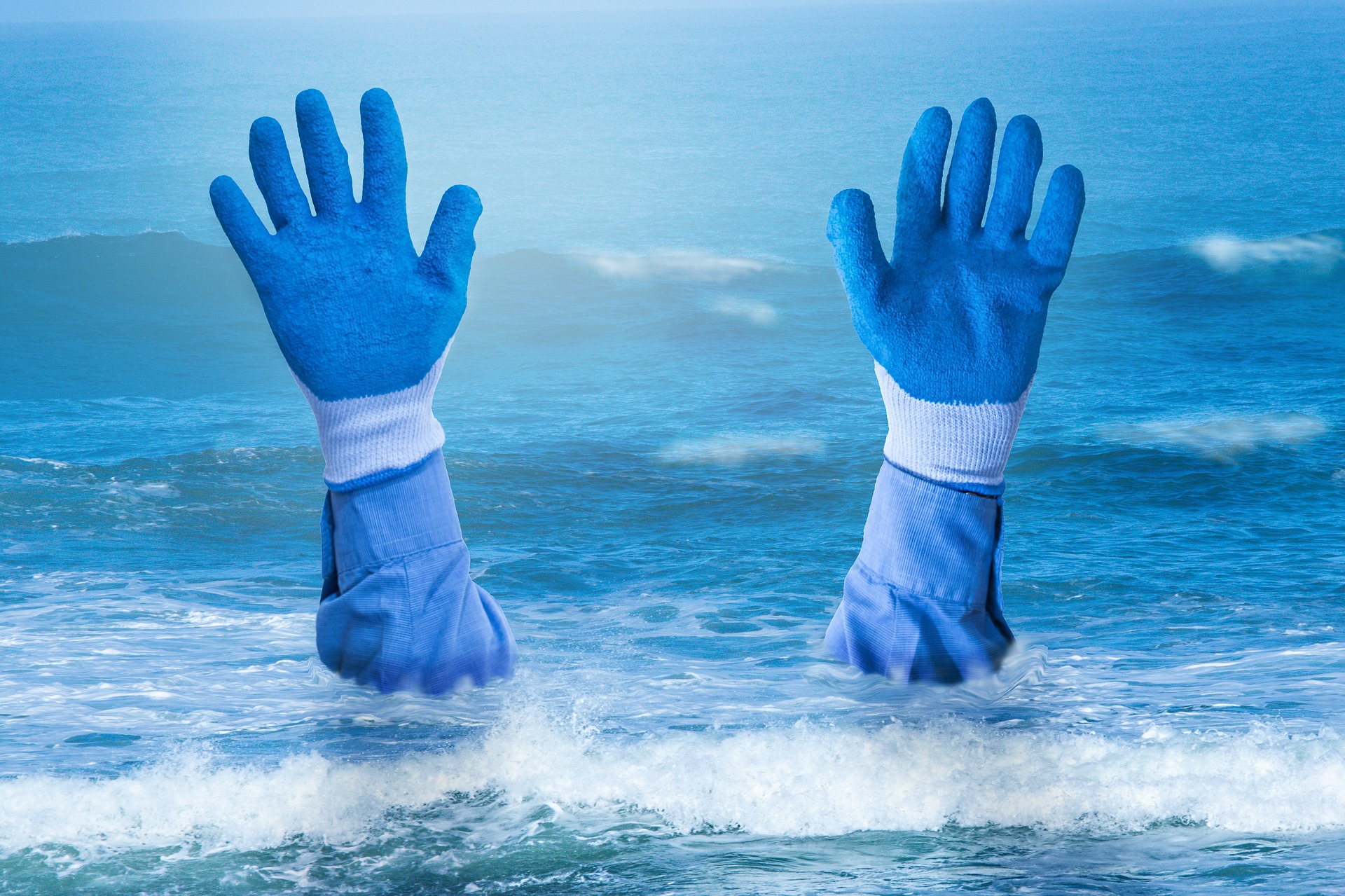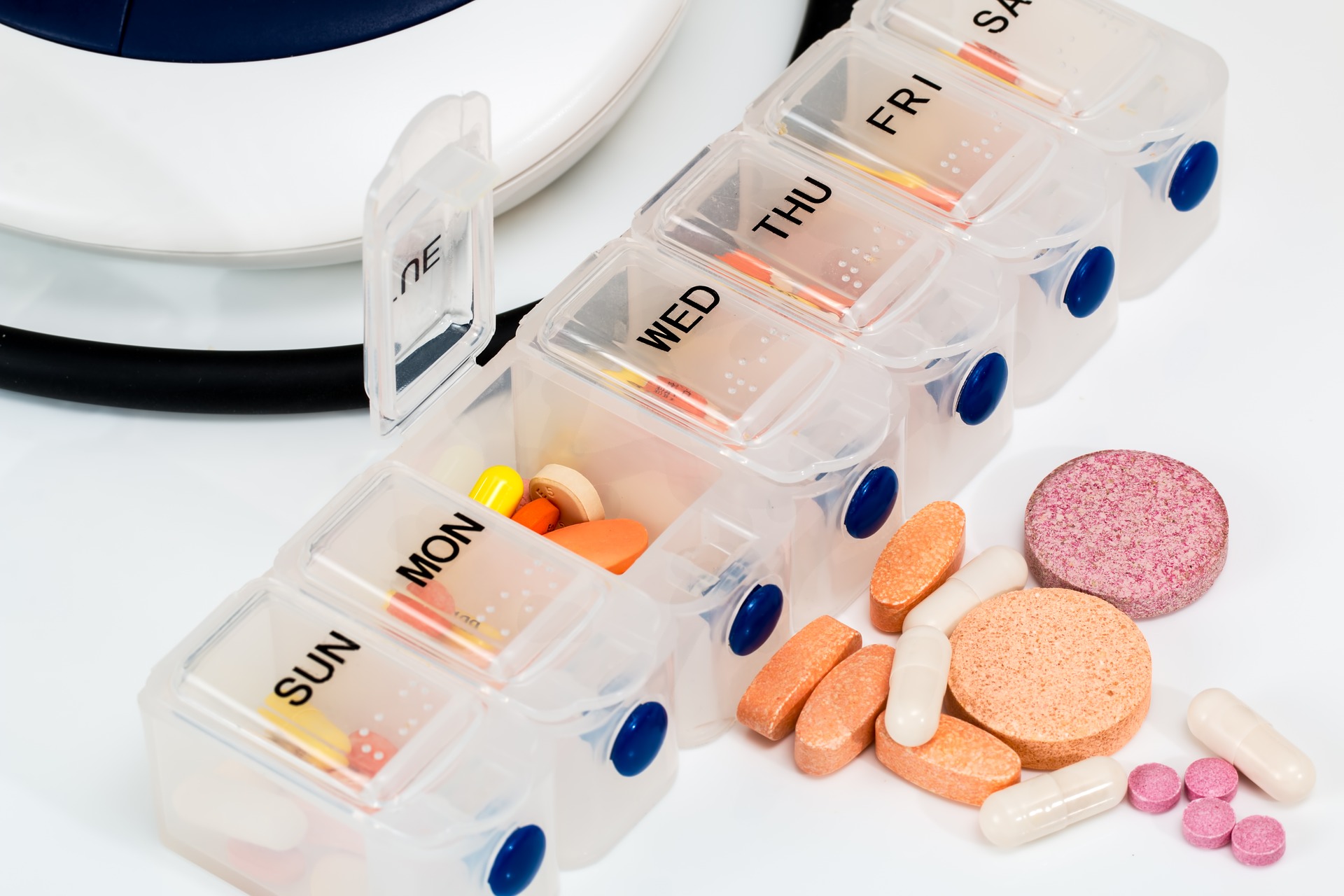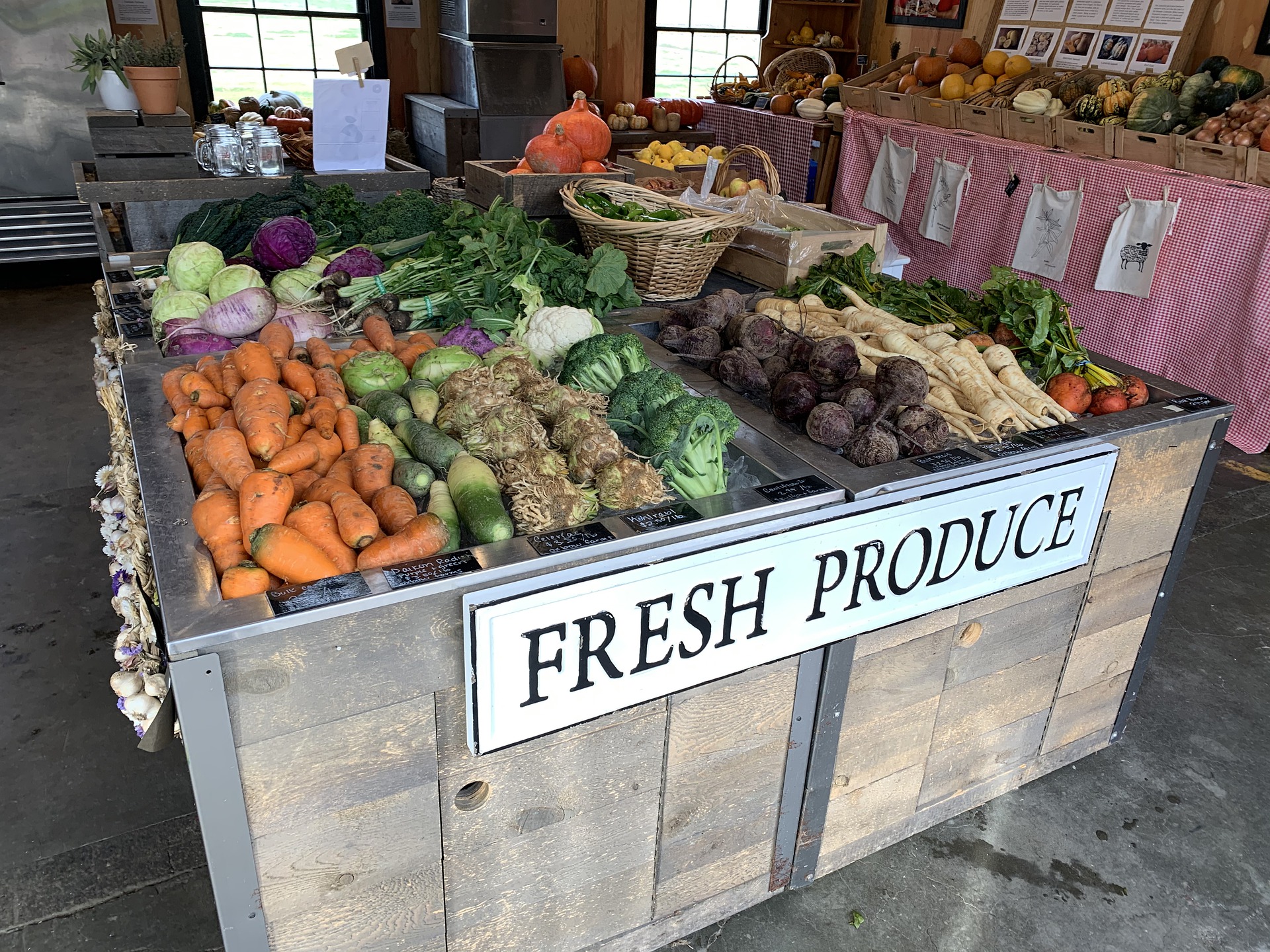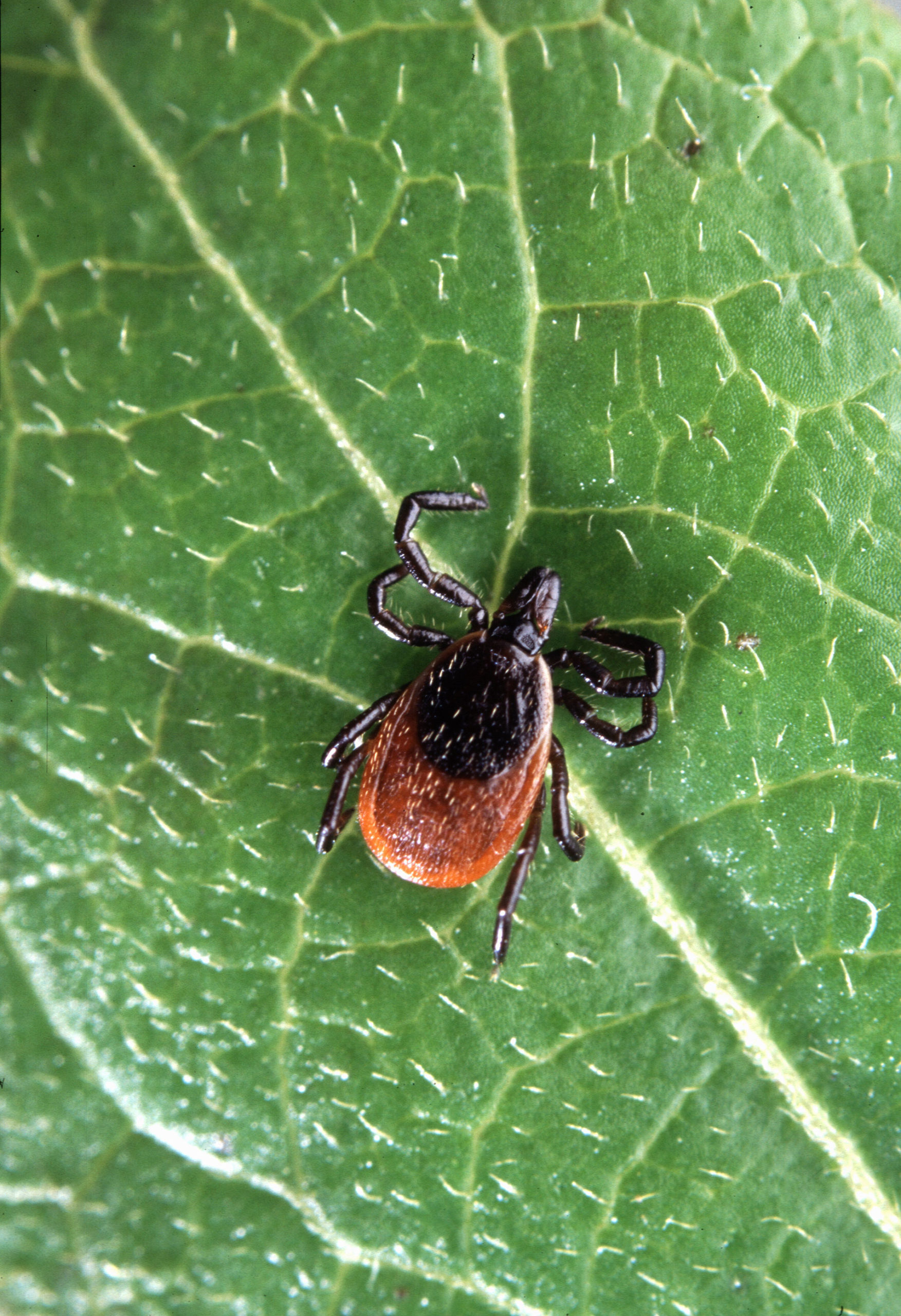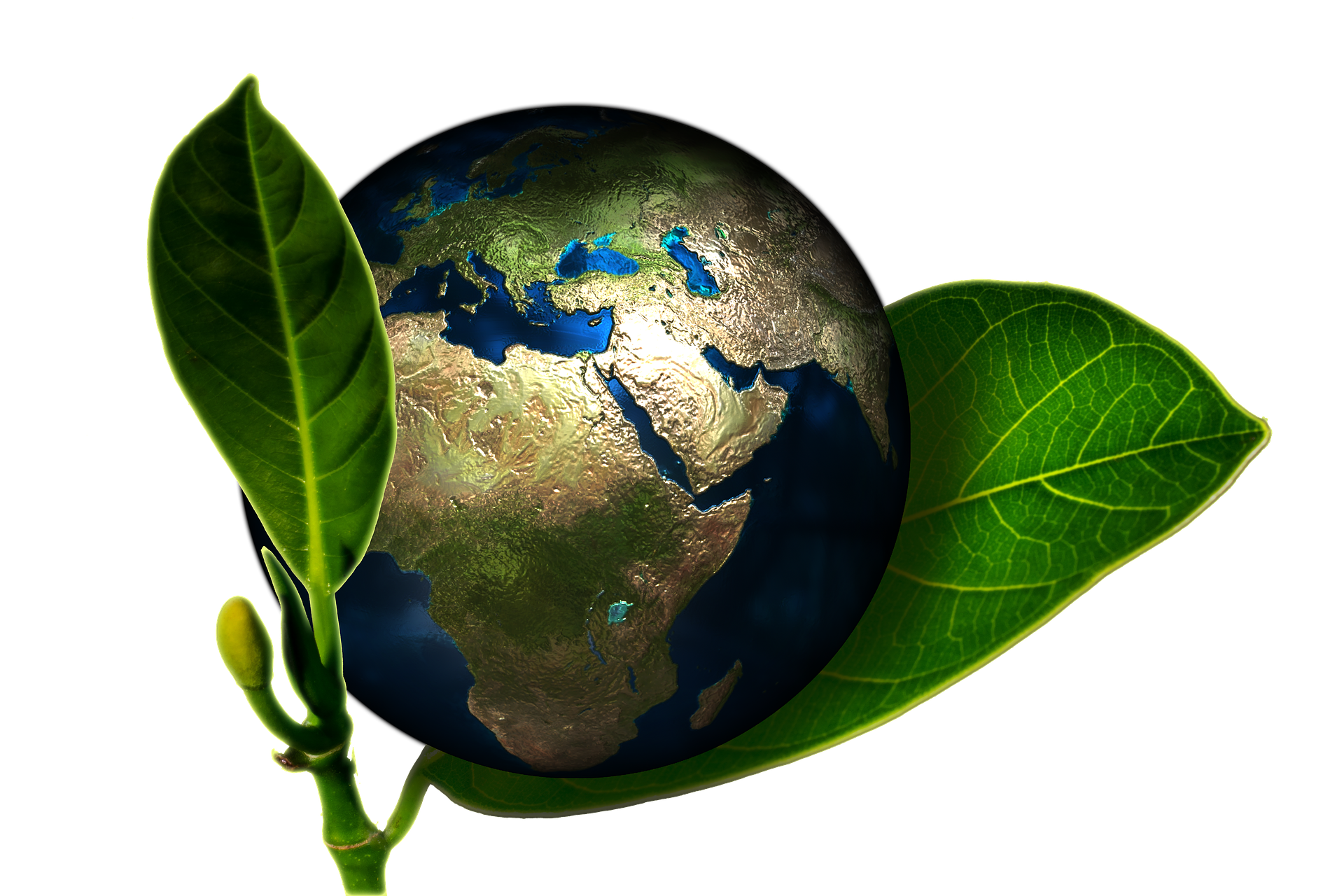
Green Ooze On The Highway.
When the story first broke, officials indicated the neon green sludge pouring out onto the freeway was nothing to be concerned about. Yeah, I didn’t believe them either. Come to find out the substance was actually hexavalent chromium, a known human carcinogen. When the problem was discovered the owner was in prison after 20 years of contamination concerns with his company, so this toxic mess will cost taxpayers two million dollars to clean up.
That’s Just One Chemical.
Yes, just one of the 80,000 or so chemicals on our planet. Industries in the U.S. released more than 3.54 billion pounds of toxins into the environment in 2016 alone, and 43% of high production volume chemicals have no testing data on basic toxicity.
The inspiration for my book was none other than Rachel Carson, author of “Silent Spring.” I thought about her so often while writing “Your Body’s Environmental Chemical Burden” and imagined her nudging me along whenever I got stuck. Silent Spring was published in 1962, alarming readers across America about the dangers of the chemical DDT. My book is also alarming at times, but environmental chemical exposure is something we simply can no longer ignore, especially for the sake of our children and grandchildren. Rachel died of breast cancer in 1964 but the message of her book still resonates loudly today.
A No Brainer.
“When corporations pollute the environment, they should have to pay to clean it up.” But that isn’t always necessarily true. Michigan proposed a bill where polluters must pay for cleanup, but it’s stalling as enviornmental laws are being relaxed for industry polluters by the current administration. However, that didn’t stop other states.
Way to go, New Jersey, for taking real steps to address the statewide contamination of PFAS chemicals in your water and ensuring that the polluters are held responsible for funding the cleanup. You are serving as a model for the entire country. And shame on Solvay Specialty Polymers and Solvay Solexis; E.I. Dupont de Nemours and DowDupont; Dupont Specialty Products; Chemours, and 3M for creating this problem in the first place!
Other Leaders In Legislation.
Washington State now has the nation’s strongest policy regulating toxic chemicals in products as signed by Governor Jay Inslee. This precedent-setting legislation prioritizes five chemical classes for action: PFAS, organohalogen flame retardants, phthalates, alkylphenol ethoxylates and bisphenols, and PCBs.
Portland, Maine became a leader worldwide in 2017 when banning synthetic pesticides and adopting organic land care. Private property owners can only use organic treatments on “lawns, gardens, landscaped areas, patios, sidewalks, driveways, parks and playing fields.” But Maine didn’t stop there. Effective in 2021, Maine will become the first state in the U.S. to ban Styrofoam food containers. Governor Janet Mills stated, “Polystyrene cannot be recycled like a lot of other products, so while that cup of coffee may be finished, the Styrofoam cup it was in is not,” Mills said in a statement. “In fact, it will be around for decades to come and eventually it will break down into particles, polluting our environment, hurting our wildlife, and even detrimentally impacting our economy.”
Non-Recycled Trash.
Living in Michigan we can be in Canada in less than an hour’s drive. My husband and I have vacationed in northern Canada on numerous occasions and while I absolutely adore the beautiful land and the amazing people who live there, I don’t want your trash my friends! Michigan accepts over 9 million pounds of Canada’s trash every year and almost 2 million pounds from Ohio. In fact, more than a quarter of all solid waste deposited in Michigan landfills is imported from elsewhere. You can find where the trash comes from in your state here. The top five states with the most landfill waste are Nevada, Pennsylvania, Colorado, California, and Illinois.
The largest corporate plastic polluter in the U.S. is Coca-Cola, producing around 3.3 million tons of plastic packaging every year – that’s 200,000 bottles per minute. Sadly only 29% of plastic bottles are ever collected for recycling.
Trash In A Jar.
Kathyrn Kellogg was able to limit her trash, after two full years, to a single mason jar! She admitted that no one can have absolutely zero waste, but just ONE mason jar full?! This is incredibly impressive and inspiring! Kathryn is certainly light years ahead of me and my efforts at reducing waste, although I am certain that my family doesn’t produce anywhere near the 4.5 pounds of waste per person per day as estimated by the EPA in 2015.
I do not recommend replacing all of your products at once, because it can be a daunting task. Rather, each time you run out of something replace it with a product having less of an impact on waste or one that is more ecofriendly — one product at a time, one day at a time. If you visit my other blogs, you’ll find a tremendous amount of useful tools to determine which product is best for the planet and for your health.
Beets And Coconut.
Dr. Paul Anastas, Director of the Center for Green Chemistry and Green Engineering at Yale said chemicals can be designed with an appropriate life cycle, and corporations are taking note as this paradigm shift is slowly occurring. For instance, substituting sugar beet juice for the salt typically used on our Michigan roads in the winter. And while salt isn’t classified as an environmental contaminant, it sure is destructive to our automobiles. Also, as the salt migrates into our lakes and streams it causes harm to aquatic animals and plants.
Mushroom packaging, avocado pit plastic, and now coconut husks! Michael Vos explains, “Asia produces more than a billion pallets every year. They require softwood which does not grow in the tropics and is thus imported from Canada, New Zealand or Eastern Europe on a large scale. Complete forests are being shipped to Asia to make pallets that are mainly used to ship products back to America or Europe. It is clearly a lot more efficient to make pallets in Asia with local materials – like coconut husks!
Oceans And Beaches.
If we all do our part, we can make a difference and give our grandchildren and great-grandchildren a better place to live! It took one person to start this movement in Mumbai in 2015, attracting over 1,000 volunteers to help out. This terrific 3-minute video will restore your faith that it is possible to clean up our planet – one person, one idea, one group of volunteers at a time. Thank you for inspiring us Afroz Shah!
Another cleanup project coordinated by the Ocean Voyages Institute removed over 100 tons of plastic from the Great Pacific Garbage Patch. 4Ocean crews have recovered over 9 million pounds of trash from the ocean and coastlines, and their bracelets cords and beads are made from 100% post-consumer recycled plastic and glass bottles. Have you seen what some of the artisan jewelers are doing with this plastic? The Kira necklace is handmade by Vi Bella artisans in Haiti and designed with plastic bottle beads, crystal, glass and silver beads. So lovely and affordable.
Holding Retailers Accountable.
The Safer Chemicals, Healthy Families organization reports that some of North America’s largest retailers are getting the message to get chemicals out of our products and packaging. Those retailers leading the list were Apple, Target, Walmart, Ikea, Riet Aid, Whole Foods, Sephora, Home Depot, CVS, Lowe’s and Walgreen. Here are the retailers that are lagging behind the movement and might need to hear our voices a little louder and a little more often. Remember, as consumers we have enormous power and retailers care about what we think. So, raise your voice and tell big retailers it’s time to eliminate toxic chemicals.
Environmental Toxins Everywhere.
The Lancet Commission on Pollution and Health stated that pollution is the largest environmental cause of disease and premature death in the world today. One of the best databases I’ve seen thus far is the Toxicant and Disease Database from the Collaborative on Health and the Environment, which allows one access to hundreds of toxicants and summarizes the state of evidence used to classify the toxicant on how it affects disease in our bodies.
November Elections.
The National Conference of State Legislatures updates their Environmental Health State Bill Tracking Database every Tuesday. Using this database you can search by state to see who is sponsoring new measures to improve the health of our communities, water, land, air quality and more. This is a great resource for areas that will be electing government officials later this fall. What gives me hope is that there is bi-partisan participation on several proposed bills, indicating we can work together to improve the planet – no matter our political affiliation.
Voices are being heard, and both governments and corporations are realizing the public is extremely concerned about our health and the health of our planet and we aren’t going to stay quiet about it any longer. Thank you to all the loud voices out there in social media land that aren’t taking “no” for an answer!



